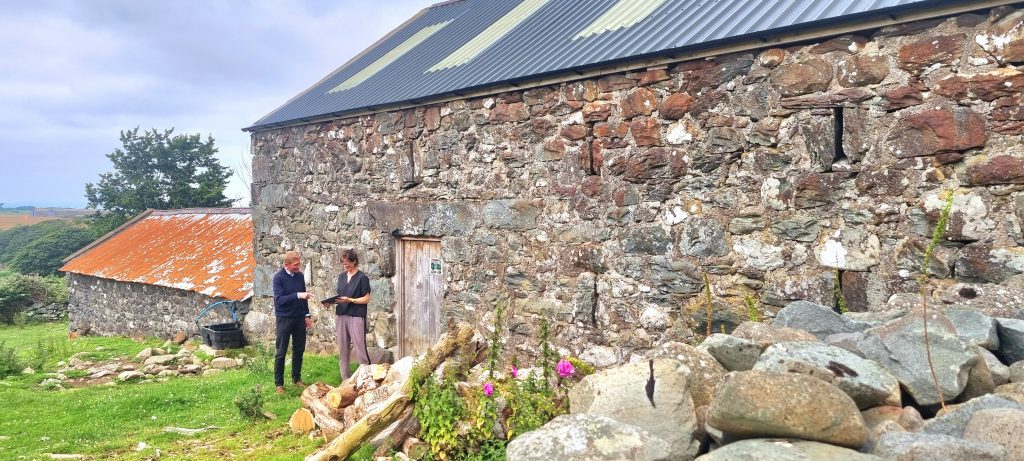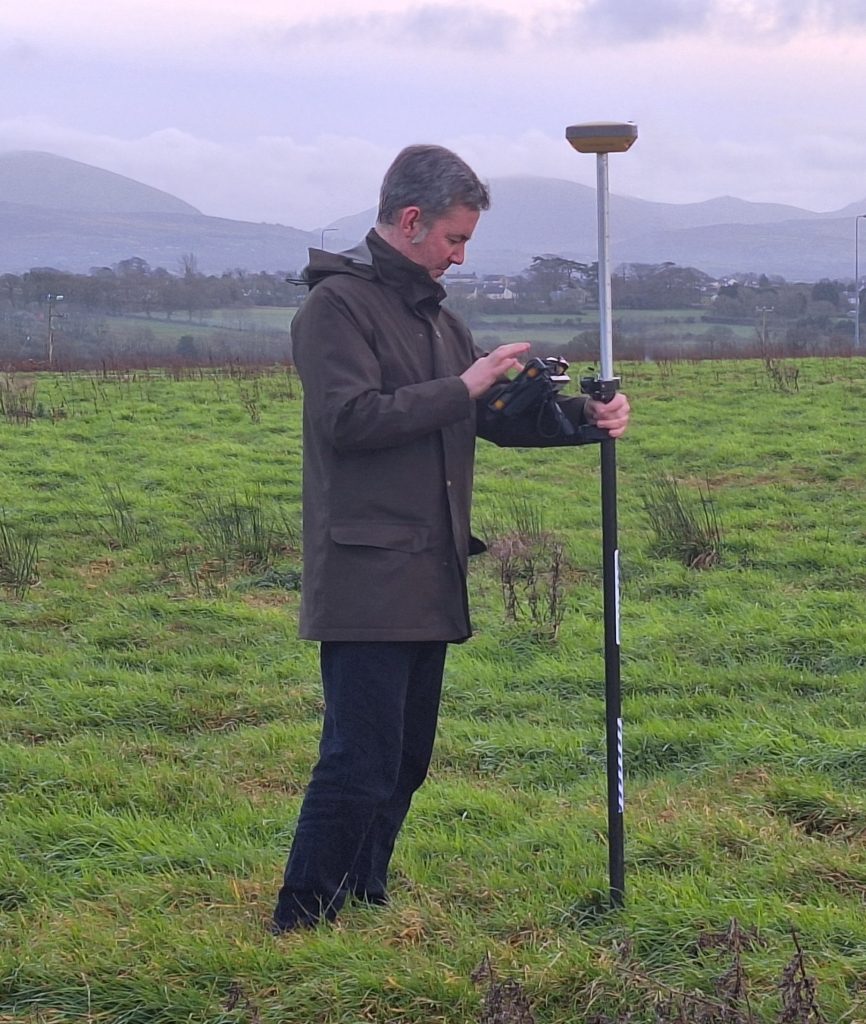Baileys and Partners together with a consortium of natural capital advisors have been busy preparing for the implementation of the Environment Bill (‘the bill’), which sets out a framework by which ministers can impose new targets on issues such as air pollution, water quality, waste, resource use and biodiversity. It is anticipated that the bill will be passed by the UK government later this year.
The requirement to demonstrate environmental net gain also known as Biodiversity Net Gain is set to become a vital part of development approval in the next year or so. Together with our natural capital consortium we are well placed to assist with measurement, management and the sourcing of offsite offset opportunities.
The bill contains new requirements which will apply to development and planning permission. Biodiversity Gain will become a condition of planning approval by default with developers having to set out a Biodiversity Gain Plan to show they will achieve biodiversity gains of at least 10%. The figure of 10% may be changed from time to time.
A register will be created of biodiversity gain sites and it will be possible to pay the government for biodiversity credits in lieu of net gain. The government will however be under an obligation to set the price of these credits at a prohibitive level, thus encouraging developers to make specific arrangements of their own. The new register will show sites that are covered by a conservation covenant or a planning obligation for habitat enhancement.
Sites will be committed for at least 30 years, and they will be available for allocation to one or more developments with planning permission. The register will be open to the public.
Biodiversity Gain will be measured using the The Biodiversity Metric. This is now in its second version and is still subject to public consultation. It will be maintained and updated from time to time by Defra.
The Environment Bill also provides for Conservation Covenants. These are a new type of legal agreement which will bind the landowner to undertake habitat work for a fixed period (at least 30 years to qualify as Biodiversity Gain for planning purposes) or forever. They will be enforceable against the landowner who originally entered the covenant as well as successors. The benefit will be held by one of a limited number of approved organisations.
This marks a major change in the way that environmental impact is addressed in development. There will still be a need for environmental assessments and the conventional strategy in the National Planning Policy Framework of ‘avoid – mitigate – compensate’ will also still apply.
More modest planning developments are likely to be below the threshold at which a biodiversity plan will be required. Nevertheless the new requirements will place significant demands on developers in all categories including the larger agricultural developments.
There will also therefore be opportunities for landowners and farmers to consider the potential their land may have as a site for biodiversity gain. Sites might be specific to a single development, or they might be shared between several developments.
Anybody with what might be a suitable site should now be considering its suitability, its baseline assessment and its potential in due course for biodiversity enhancement under a biodiversity plan. The economics of this will be driven as much by the fee set by the government for biodiversity credits as the cost of works on the ground.
Does the Environment Bill create opportunities for you? Baileys and Partners and their natural capital consortium partners would be pleased to discuss latest developments and business opportunities with you, please get in touch.







